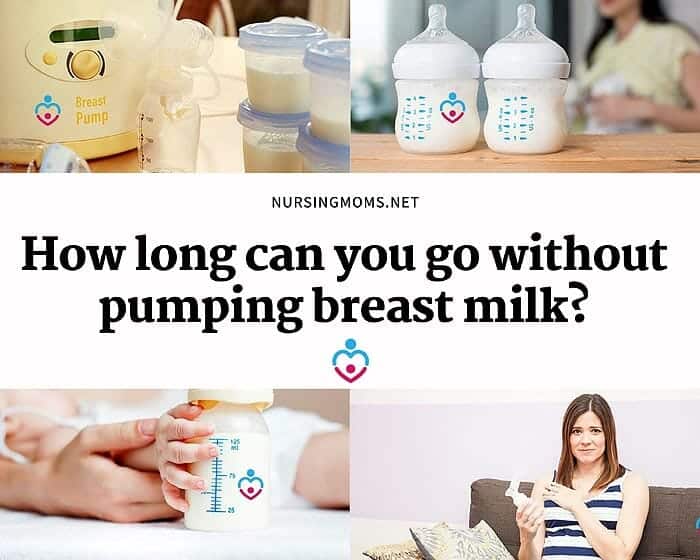
Mothers who want to keep breastfeeding their children although they return to work, might wonder how long they can go without pumping. Having a pumping or nursing schedule is vital for maintaining the milk flow to the parameters your baby needs. Even if other daily life chores or activities get in the way of your nursing schedule, it will help you significantly know how long you can take a break from pumping your milk.
How long can you go without pumping breast milk?
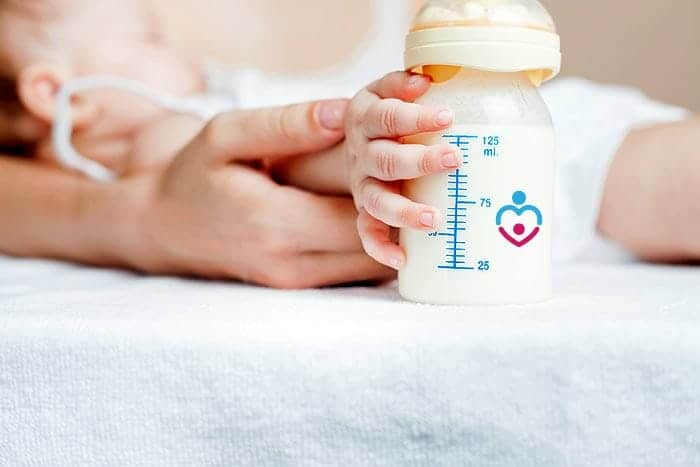
The general rule says that you should not take nursing or pumping breaks longer than 5 or 6 hours. However, this time frame depends on the phase of nursing and your milk flow, which can differ from one mother to another.
Suggested Reading:
![]()
How often should you pump your milk?
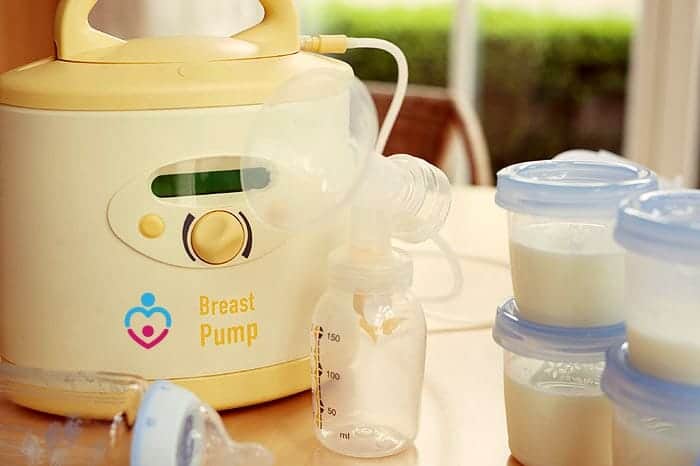
The schedule with which you should pump or nurse will vary according to your baby's needs as well as your breastmilk flow.
- In the first days and weeks of nursing, it is recommended to pump between 8 and 10 times per day. You should maintain this schedule until you establish a constant milk flow. If you have twins or multiples, you should actually aim for a minimum of 10 pumping sessions a day to keep your breasts well stimulated.
- You don't have to take the same amount of time between pumping sessions, but it is important to try not to let more than 6 hours pass. This is the principal rule mothers need to be aware of for the first couple of months once they start nursing their baby.
- Even if some mothers set alarms to be reminded to pump regularly, this is not a must either. You want to pump every time your breasts feel uncomfortable or when you naturally wake up during the night.
You will learn how your body works, and it is important to trust it and listen to it more than forcing it to follow a schedule.
![]()
Ways to maintain milk flow when you are not breastfeeding your baby
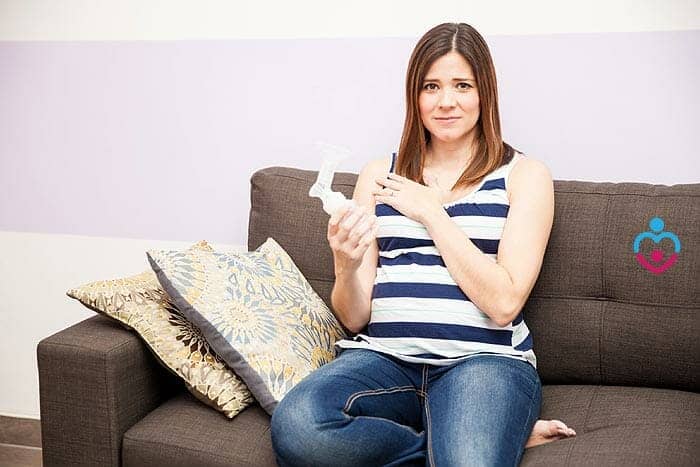
If your baby is not nursing correctly or needs to put nursing on a break due to medical conditions one of you two might have, it is essential to maintain a good milk supply.
- You will have to be ready when you start nursing again regularly, and you will have to offer your baby meals even if they are bottle-fed. So, you really don't want to let your milk dry during these breaks from nursing.
- One of the most efficient ways to maintain a good milk flow is to keep pumping regularly. Even if you have plenty of stored breastmilk in your fridge or freezer to cover the nursing break, you still want to make sure you can offer them fresh breastmilk once this time off is over. So, keep pumping and storing your breastmilk at similar hours during the day, and make sure you pump at least once during the night.
- Another way to stimulate your breasts during a nursing break is by properly massaging them. Your lactation consultant will guide you towards the best ways to massage your breasts to keep a good milk flow and maintain good blood circulation in the area of your breasts.
- Taking certain lactation supplements will also contribute to a healthy milk flow that you need to maintain for your baby. However, if you consider taking supplements, you should talk to your doctor to find the most suitable for your needs.
- Also, lactation supplements shouldn't replace a regular pumping schedule, so this is definitely one of the most important ways to maintain your milk flow.
![]()
How much should you pump?

On top of the frequency with which you should pump, it is essential to have complete pumping sessions.
- The amount of milk you can expect to pump per day varies as well. Your body will accommodate your breastmilk flow to the needs of your baby, which are different from one child to another.
- You can expect to pump about 800 ml or between 25 and 27 ounces in a day by the time you end the first week postpartum. Mothers of twins or multiple babies can expect to pump even 950 ml or 27 to 32 ounces per day.
- Most likely, your doctor will evaluate your breastmilk supply ten days after you had your baby and estimate if you need supplements as well. For instance, a breastmilk supply of 350 ml or 11 ounces or less per day will prescribe you galactagogues to help you increase the milk flow.
- Your doctor might also consider other treatments to bring you to the breastmilk flow that your baby needs to get complete meals.
![]()
What happens if you don't nurse or pump on a regular schedule?
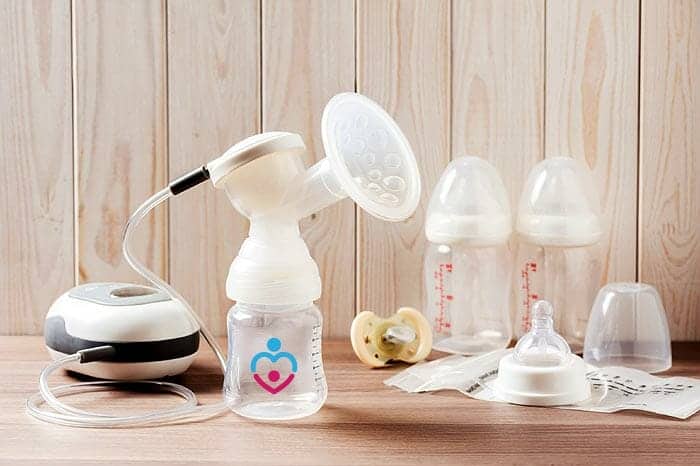
If you don't follow a regular pumping or nursing schedule, it will be hard for your body to offer the milk supply your baby needs. So, the quantity of milk your body will produce will be lower because reduced pumping sessions mean reduced demand for it.
- If you reduce the pumping sessions, your milk supply will be reduced, but it will not dry out completely. To dry out the milk supply takes between a few days and even one or two weeks for some mothers.
- Reducing nursing or pumping sessions might also cause breast engorgement and even pain in the breast area for the first days. This will stop as soon as your body gets used to the new pumping routine and less pumping, so it will not produce as much breastmilk to cause discomfort.
- It is recommended to stop breastfeeding and pumping gradually rather than cold turkey. Still, not all mothers afford the time to do that. If you are considering stopping nursing, talk to your lactation consultant to learn the best method for you.
![]()
The schedule that you follow for your nursing and pumping sessions will be according to your baby's needs and your body's general health. Even if the statistics suggest a certain amount of milk that you should pump each day, that doesn't mean it is a problem if you manage to pump more or less milk.
As long as your body produces the right amount of breastmilk for your baby, that is all that matters. Of course, if your baby is not eating right or if you don't see them gaining weight, it is essential to contact your doctor for further investigations. However, if you overlook such issues in your baby, you will not have to worry about matching the statistics.
![]()


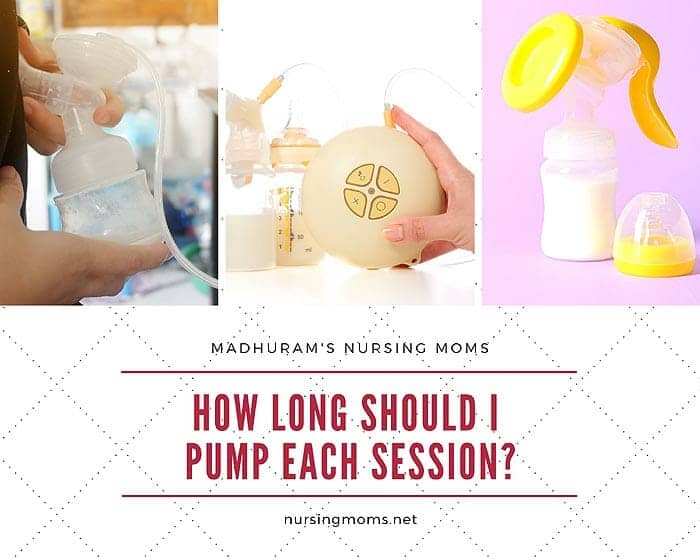
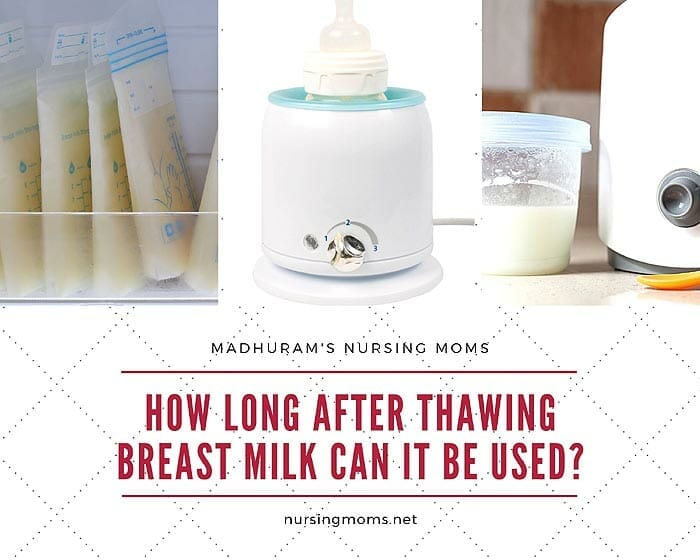
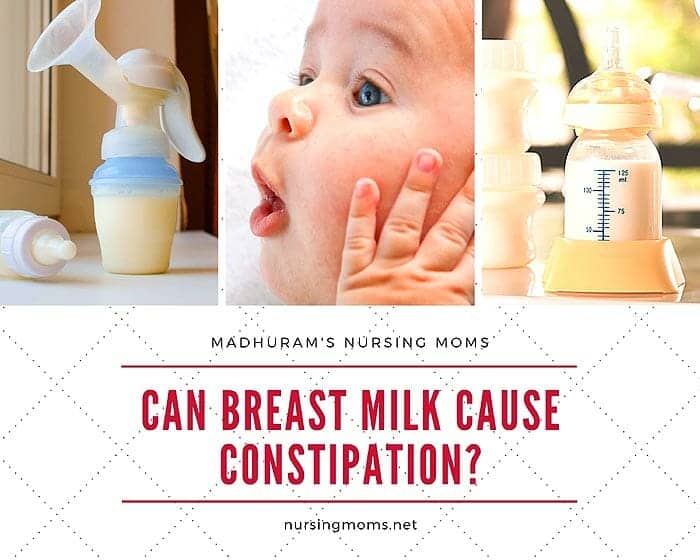

Leave a Reply